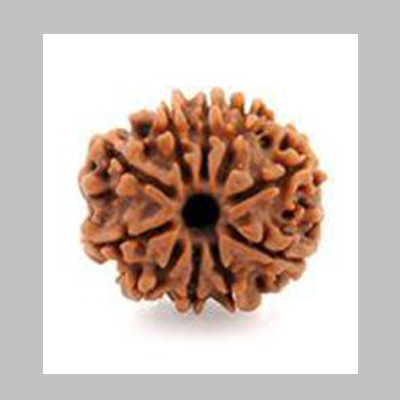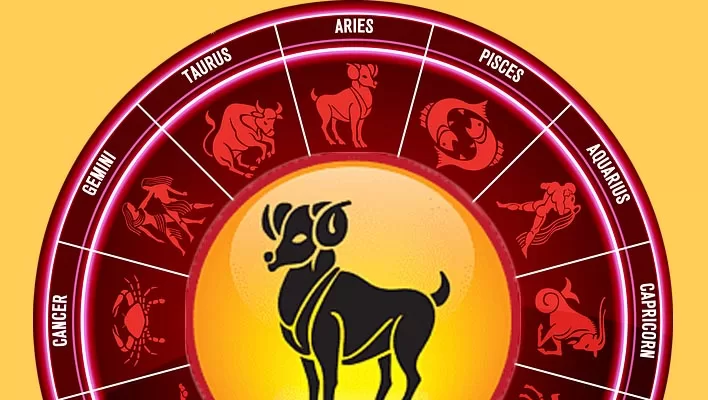

ज्योतिष्शास्त्र
ज्योतिष्शास्त्र एक ऐसा ग्रन्थ है जो व्यक्ति को जीवन के हर क्षेत्र काअच्छा बुरा समय बताकर आगे बढ़ने के लिए प्रेरित करता है। ज्योतिष ब्रह्माण्ड का ज्ञान है जिसका अध्यन नक्षत्रों, राशियों और ग्रहों की गणनाओं के आधार पर किया जाता है। यही नक्षत्र, राशि और ग्रह व्यक्ति के सम्पूर्ण जीवन पर शासन करते हुए उसके जीवन पर प्रभाव डालते है।
27 नक्षत्र, 12 राशियां और 9 ग्रहों की उपस्थिति व्यक्ति के जीवन के अच्छे बुरे और प्रग्रतिशील दिनों की रचना करते है। इनमें से कुछ की आपस में शत्रुता होती है तो कुछ की मित्रता, ग्रहों का यही आपसी बैर और इनकी नकारात्मकता व्यक्ति के जीवन में अच्छे बुरे दिन लाती है। इनमें राहु केतु जैसे छाया ग्रहों के प्रभाव तो अलग ही रहते है। राहु केतु थोड़े अड़ियल ग्रह रहते है जिनकेअधिकतर कुंडलियों में नकारात्मक प्रभाव अधिक देखने को मिलते है। लेकिन इनके बहुत अच्छे प्रभाव भी देखने को मिलते है।
ग्रहों, नक्षत्रों का शुभ अशुभ प्रभाव उनका कुंडली में शुभ अशुभ भावों में बैठने के आधार पर निर्भर रहता है। आपने किसी ज्योतिष से चर्चा करते हुए सुना होगा की यह ग्रह अशुभ भाव में है इसलिए आप इस परेशानी में है। जन्म कुंडली में कुल 12 भाव होते है। सभी 12 भाव आपके व्यक्ति के जीवन के अलग अलग पहलुओं का प्रतिनिधित्व करते हैं।
भाव व्यक्ति की शारीरिक रचना, धन, पारिवारिक सदस्य, माता, संपत्ति, प्रेम, संतान, ऋण, रोग, विवाह-वैवाहिक जीवन, मृत्यु, असाध्य रोग, भाग्य, कारोबार, नौकरी, लाभ और व्यय को दर्शाते है।
ग्रहों, नक्षत्रों का यही खेल ज्योतिष है, जो व्यक्ति के सम्पूर्ण जीवन पर अपना नियंत्रण रखता है। उसके जीवन में सुख दुःख, उनत्ति तरक्की लाते है। ज्योतिषशास्त्र आपके इन्हीं ग्रहों-नक्षत्रों का अध्यन है जिसकी गणना और उपायों से आप अपने बड़े दिनों में बदलाव लेकर एक शानदार भविष्य की ओर बढ़ते है।
ऑनलाइन ज्योतिष
आजकल इंटरनेट का जमाना है और हर कार्य ऑनलाइन होने लगा है, जिसका लाभ ज्योतिष को भी मिला है। इस लाभ से ज्योतिष परामर्श केंद्र दुनिया भर को ऑनलाइन अपनी ज्योतिष सेवाएं प्रदान कर रहा है। जिसका भरपूर लाभ दुनिया के हर कोने में बैठे व्यक्ति को प्राप्त हो रहा है। ज्योतिष परामर्श केंद्र अपनी वैदिक ज्योतिष की सेवाएं हर व्यक्ति तक पंहुचा रहा है।
ज्योतिष परामर्श केंद्र पूरी निष्ठा और विश्वसनीयता से अपने ग्राहकों को ज्योतिष परामर्श प्रदान करता है। जिनका उद्देश्य ग्राहक को 100% संतुष्टि प्रदान करना होता है। ग्राहक की संतुष्टि और उनकी समस्या का निवारण ज्योतिष परामर्श केंद्र का प्रथम दायित्व है।
आजकल बहुत से लोगों ने ज्योतिष को केवल गणित के साथ जोड़ दिया है जो की बिलकुल गलत है। ज्योतिष का सीधा सम्बन्ध अध्यात्म से है, दोनों एक दूसरे के पूरक है अगर दोनों अलग अलग होंगे तो ज्योतिष के उपायों का लाभ कभी भी नहीं मिलगा। ज्योतिष ईश्वर है और व्यक्ति को जीवन की परेशानियों का निवारण केवल ज्योतिष और अध्यात्म से जुड़ कर ही प्राप्त हो सकता है। एक रत्न मात्र एक पत्थर है जब तक उसे पूजा, प्राणप्रतिष्ठा और आध्यात्मिक व्यक्ति के हाथों से धारण नहीं किया जाए। सूट-बूट और पेंट शर्ट पहने ज्योतिष को गणित कहने वाले व्यक्ति कभी भी आपकी परेशानियों को ईश्वर तक नहीं पंहुचा सकते।
ज्योतिष परामर्श केंद्र का उद्देशय हर व्यक्ति की समस्या और परेशानी का निवारण करना है और उसे ज्योतिषीय उपायों द्वारा हर परेशानी से मुक्त करवाना है। ज्योतिष परामर्श केंद्र पूजा-पाठ, तंत्र-मन्त्र और ईश्वर के आशीर्वाद से ही सबका भला करता है।
अगर आप भी ज्योतिष परामर्श केंद्र से ऑनलाइन परामर्श चाहते है, अपने जीवन के बारे में विस्तार से जानना चाहते है, जीवन में चल रही परेशनियों का निवारण चाहते है तो लक्ष्मी नारायण आपकी है समस्या का हल करेंगे और आपके लिए अपने ज्ञान और आध्यात्मिक साधना का पूर्ण उपयोग करेंगे। धन्यवाद !


Lakshmi Narayan
भारत के जाने माने सर्वश्रेष्ठ और विश्वसनीय ज्योतिष
क्या आप अपने जीवन में किन्हीं समस्याओं का सामना कर रहे हैं?
आप निराश ना हो, लक्ष्मी नारायण आपकी हर समस्या का समाधान करेंगे।
.
जानिए ! क्या कहती है आपकी राशि

Our Services
Free Online Kundali


About Us
One of the greatest Brand Astrologers in India Mr.Lakshmi Narayan founder of Jyotish Paramarsh Kendra, Shani Dev Sadhak, and Tantra Mantra Sadhna.
who uniquely founded the concept of astrology and helped people to utilize it for the betterment of Business, Vastu, Financial Problems, Education, Family Problems, Love Marriage, Pitra Dosha, Kaalsarp Dosha, Manglik Dosha, and More.
Over the years we have served hundreds of happy clients who trust us for their look for important occasions like weddings, corporate parties, concerts, events, and more. So, whether it is a quick touch-up or a detailed beauty therapy, we are here to help you.
See Our Work!
Here’s a quick look at the beautiful work that we have worked on.
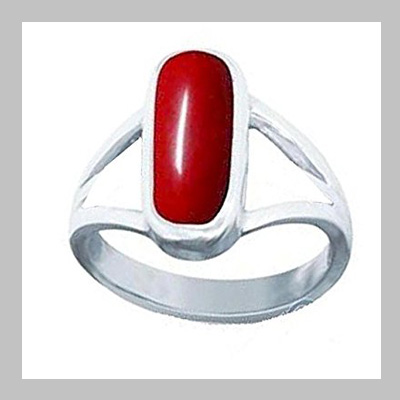
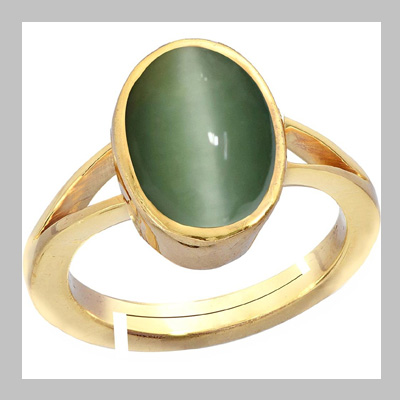

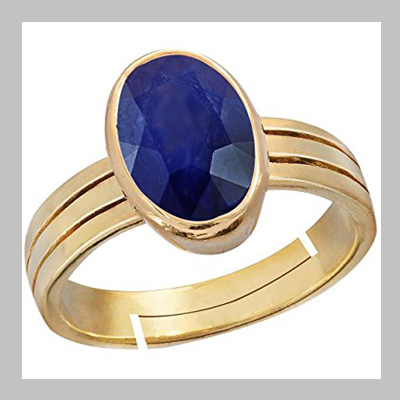
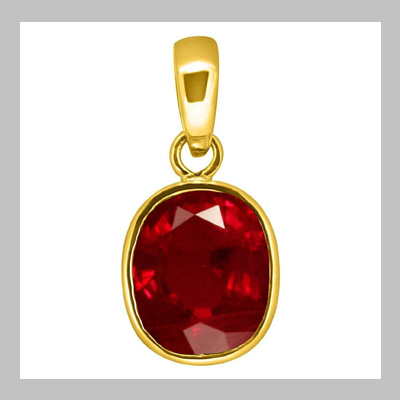

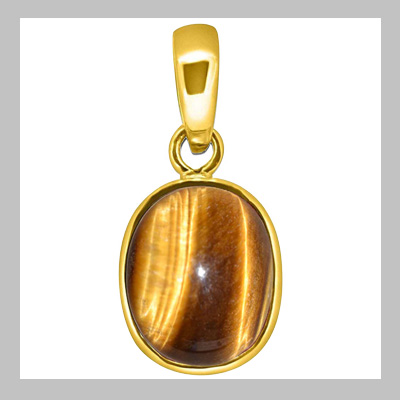
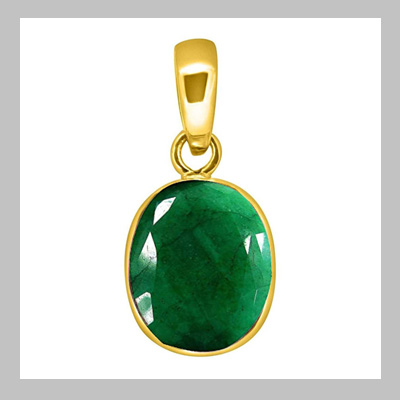
Our Clients Speak!
Take a look at what our clients have to say about our work and
dedication that keeps them coming back for more.
प्रणाम गुरुदेव! मै अपने कारोबार को लेकर काफी परेशनियों से गुजर रहा था,
लक्ष्मी नारायण जी से संपर्क होने के बाद मेरी सारी परेशनियां दूर हुई।

विशाल राय
जब से मेरी मुलाकात गुरूजी, लक्ष्मी नारायण से हुई है, मैंने अपने कैरियर और जीवन में अच्छी तरक्की पाई है, गुरूजी छत्तीसगढ़ के सर्वश्रेष्ठ ज्योतिष है।

विपिन मस्कीन
Thank you very much for your support gurudev, your solution gave my life a new way to advancement. your suggestions changed my life.

Laleshwar sahu
Whatsapp For Bookings and Appointments
+91 70001-30353
ज्योतिष परामर्ष केंद्र अपनी सेवाओं के लिए सदैव उपलब्ध है, बस आप अपनी परेशानी हमें बताए, और उसका निदान हम करेंगे।
ज्योतिष परामर्ष केंद्र

क्या आप अपने जीवन में किन्हीं समस्याओं का सामना कर रहे हैं?
आप निराश ना हो, लक्ष्मी नारायण आपकी हर समस्या का समाधान करेंगे।






























